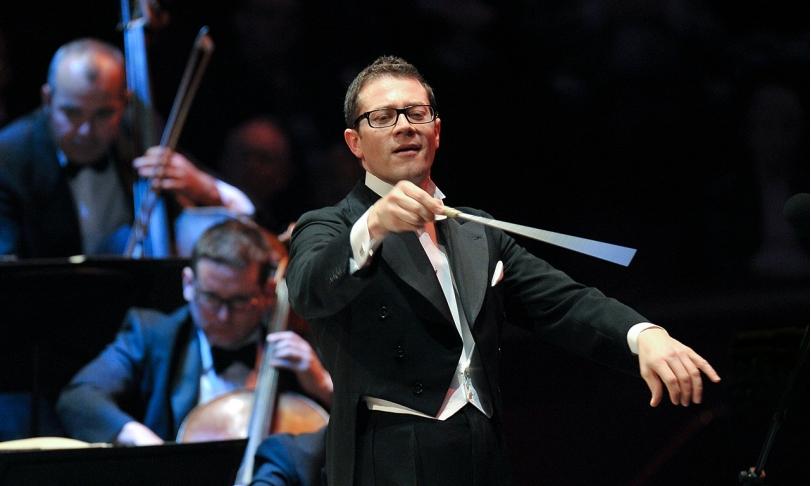
What does the still quite young British conductor John Wilson have in common with his famous conducting compatriot Thomas Beecham, who died in 1961? Both show or showed a strong inclination to found orchestras. Beecham founded no fewer than five orchestras in the course of his life, and his family background allowed him to finance some of them himself. The globally successful John Wilson Orchestra was the first orchestra founded by the younger of the two conductors, and the Sinfonia of London the second founded by John Wilson, whose current album dedicated to Ravel follows five albums released over a three-year period, all of which have garnered lavish critical praise for orchestral performance, conducting, and superb recording technique. The Sinfonia of London is not a permanent orchestra, but rather a project-based orchestra whose members are recruited primarily from the orchestral scene of Great Britain's capital, but also from musicians of other nations. However, first-class musicians alone do not guarantee a first-class orchestra. For this, a talented orchestra educator is needed, who forms an ensemble out of the musicians. This is especially true for an ad hoc orchestra like the Sinfonia of London, which has to get into top form in a very short time for each project in order to be able to deliver world-class concerts and recordings. John Wilson is obviously the right man here, and it would hardly be surprising if he were to successfully found more orchestras in the course of his conducting life in order to approach the mark of five orchestras set by Thomas Beecham.
While the preceding albums present the Sinfonia of London with compositions outside the mainstream, the Ravel album is the orchestra's first album dedicated to the mainstream, facing competition from numerous recordings, some of them of remarkable quality. Indeed, the orchestra plays its way into the top tier of competing Ravel recordings, as it were, right off the bat, through sheer virtuosity and brisk tempos, coupled with delicacy, detail and finesse. In "La Valse," orchestra and conductor avoid the vulgarity that tends to be played out superficially in favor of a rousing and convincingly staged waltz swing. For the first time on this Ravel album, one hears the complete original versions of "Ma Mère l'Oye" and the "Boléro" with the inclusion of triangle and castanets towards the end of this dance, which thrills the listener and culminates in a brilliant finale. Instead of a single snare drum playing the familiar rhythm, the original version features two instruments playing alternately the left and right sides of the orchestra. This subtle difference increases the maelstrom that Ravel's "Boléro" already exerts on the listener by several degrees. The orchestra's fleet and supple music-making also benefits the album's other works, the "Valses nobles et sentimentales," the "Alborada del gracioso" and the "Pavane pour une infante défunte."
Orchestra and conductor, supported by a formidable recording technique of the Chandos label, pass with flying colors the acid test in the mainstream field, where the first squad of international orchestras is cavorting, thus increasing the anticipation for future albums.
Sinfonia of London
John Wilson, conductor








